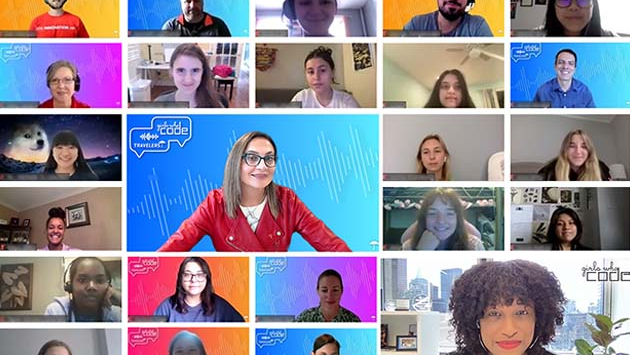Data-Driven and Powered by AI

On the cutting edge of artificial intelligence (AI) and deep learning models, weather is the next frontier for technologists, who are analyzing patterns in a vast new stream of data. Extreme weather events across the United States continue to cost billions every year in property damage alone.
At Travelers, our leading capabilities in leveraging the power of AI and sophisticated modeling – combined with high-resolution aerial imagery and geospatial data – are delivering powerful benefits to customers when they need us most.
For example, our technology and data science teams leverage deep learning to analyze aerial images of property damage, immediately identifying total losses. As a result, we can advance payments on most wildfire total-loss claims prior to conducting an in-person inspection, allowing our customers to begin the recovery process sooner while keeping our employees safe.
Traditional analytics rely heavily on structured data. Deep learning models, on the other hand, explore the expanding realm of large, unstructured data sets – gleaning new insights from call center transcripts, identifying property risks through high-resolution aerial imagery, and finding patterns and correlations in notes taken during the claims process.
By connecting dots in large, nontraditional data sets – especially leveraging Travelers’ high-quality proprietary data, correlated with third-party sources – our deep learning models can unearth new ways of learning from the past to reshape and plan for the future.
AI and deep learning allow us to tap into an ecosystem of emerging data sources and insights, helping us reimagine every part of our business. We’re extending our advantage in risk expertise, improving productivity and efficiency of our business operations and improving the agent and customer experiences.
More technology & analytics
Helping Future Women Technologists
Future women in tech get coding experience at Travelers through Girls Who Code.

Innovation PODs Launch Solutions
Small groups within Claim work on innovative projects that yield meaningful business results.

Commercial Underwriting with Speed and Agility
Quoting and issuing new policies is easier and faster than ever, as Travelers BOP 2.0 transforms the way agents do business on Main Street.
